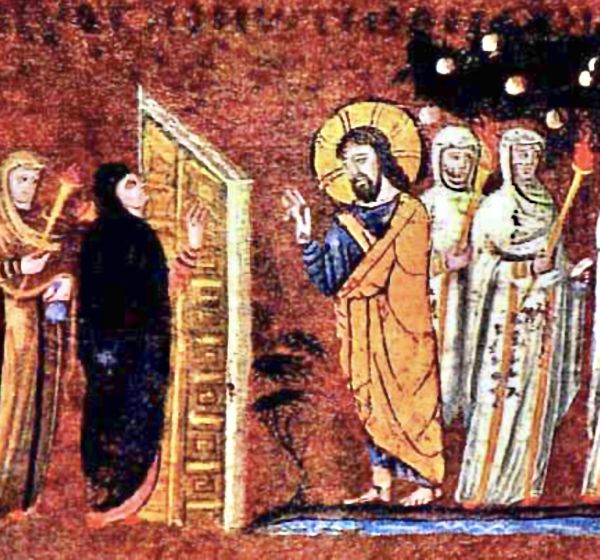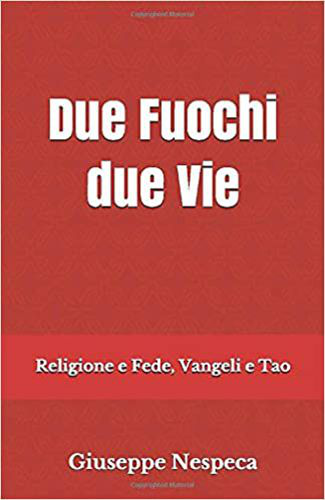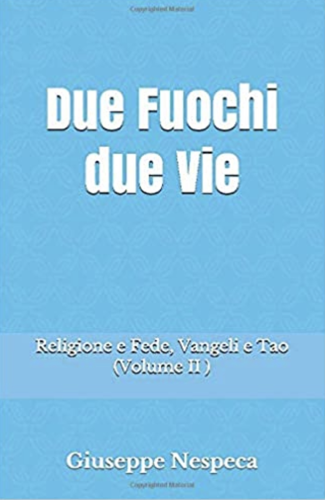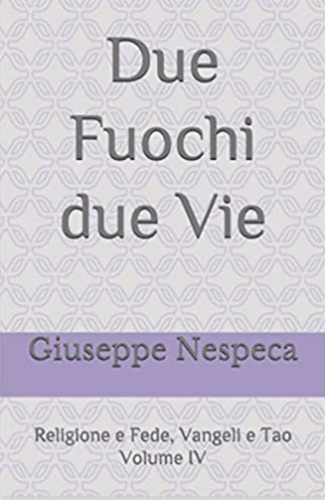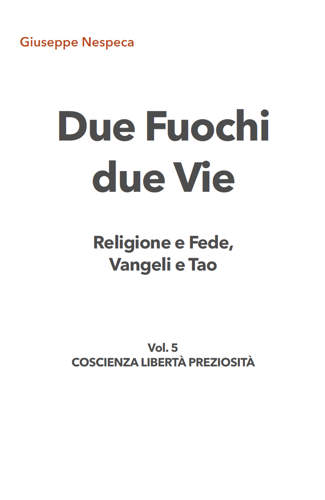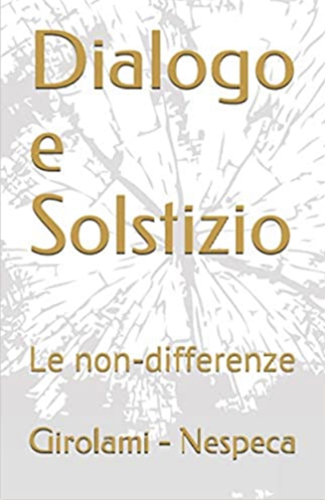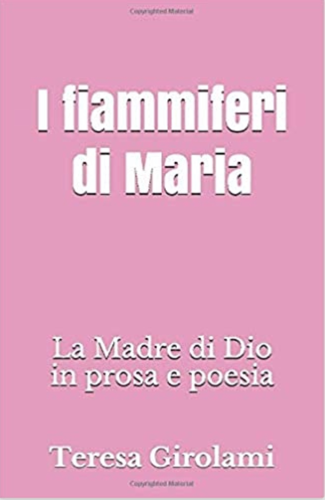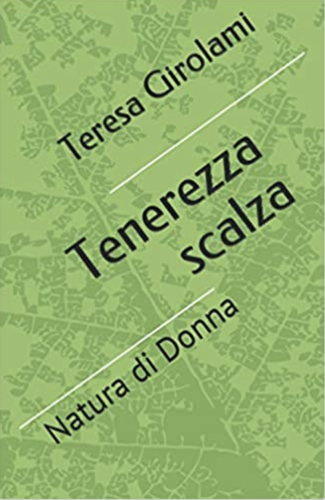Lamps: Clare, Francis, the Mother of God and Thérèse.
Edhit Stein, of Jewish origin, in religion Sister Teresa Benedicta of the Cross, went to meet Christ as a victim of the Shoah, always keeping her East before her eyes: Jesus!
Like her, St Clare was a wise and vigilant virgin who renewed the Church with her life, fertilised by the ever new power of God's Spirit.
A virgin who went to meet her Bridegroom by spending, day after day, her life for others, without sparing.
In the Sources we read:
"She used, for Matins, to anticipate the young girls; waking them noiselessly with nods, she would invite them to the praises of God.
Often, while they were all still asleep, she would light the lamps; often she would ring the bell herself, with her own hands.
There was no place in her monastery for lukewarmness, there was no place for sloth there where laziness was shaken by a stinging impulse to pray and serve the Lord" (FF 3200).
At the beginning of the Legend of St Clare, we find an enlightening passage:
"Therefore merciful God aroused the venerable virgin Clare and in her made women shine a very bright lamp: and you blessed Father [...] have placed this lamp on the candelabrum, that it may give light to all who are in the house" (FF 3151).
"Let the women imitate Clare, the imprint of the Mother of God, the new guide of women" (FF 3153).
Throughout her brief existence, Clare was a wise virgin diligently awaiting her Bridegroom, making "Clare by name and clear by virtue" (FF 3154) shine as the new woman of the Spoletana valley.
In fact, she was so loving towards her daughters and sisters that 'very often in the cold of the night by her own hand she covered them while they slept and wanted those whom she saw incapable of observing common austerity to be content with a less severe regime.
If some were troubled by temptation, if some, as can happen, were seized with sadness, he would call them aside and console them by weeping.
Sometimes he prostrated himself at the feet of the afflicted to relieve the violence of the pain with motherly caresses" (FF 3233).
Francis himself, recounts his biographer Celano, had "respect for the lamps, lamps and candles, and did not want to extinguish their splendour with his own hand, symbol of the eternal Light" (FF 750).
He had understood, by revelation of the Crucifix of San Damiano, the task assigned to him: to repair the Church of Christ, purchased with his Blood, and now in ruins.
Hence his solicitous gesture of having an oil lamp placed before that image, a solicitous and immediate response of the Poverello to become a concrete witness of an existence-expected in transparency for Christ: for the One who had deigned to call him to live for Him and of Him.
«Behold the Bridegroom! Come out to meet [Him]!» (Mt 25:6)
St. Teresa Benedicta of the Cross Patron Saint of Europe (Mt 25:1-13)



